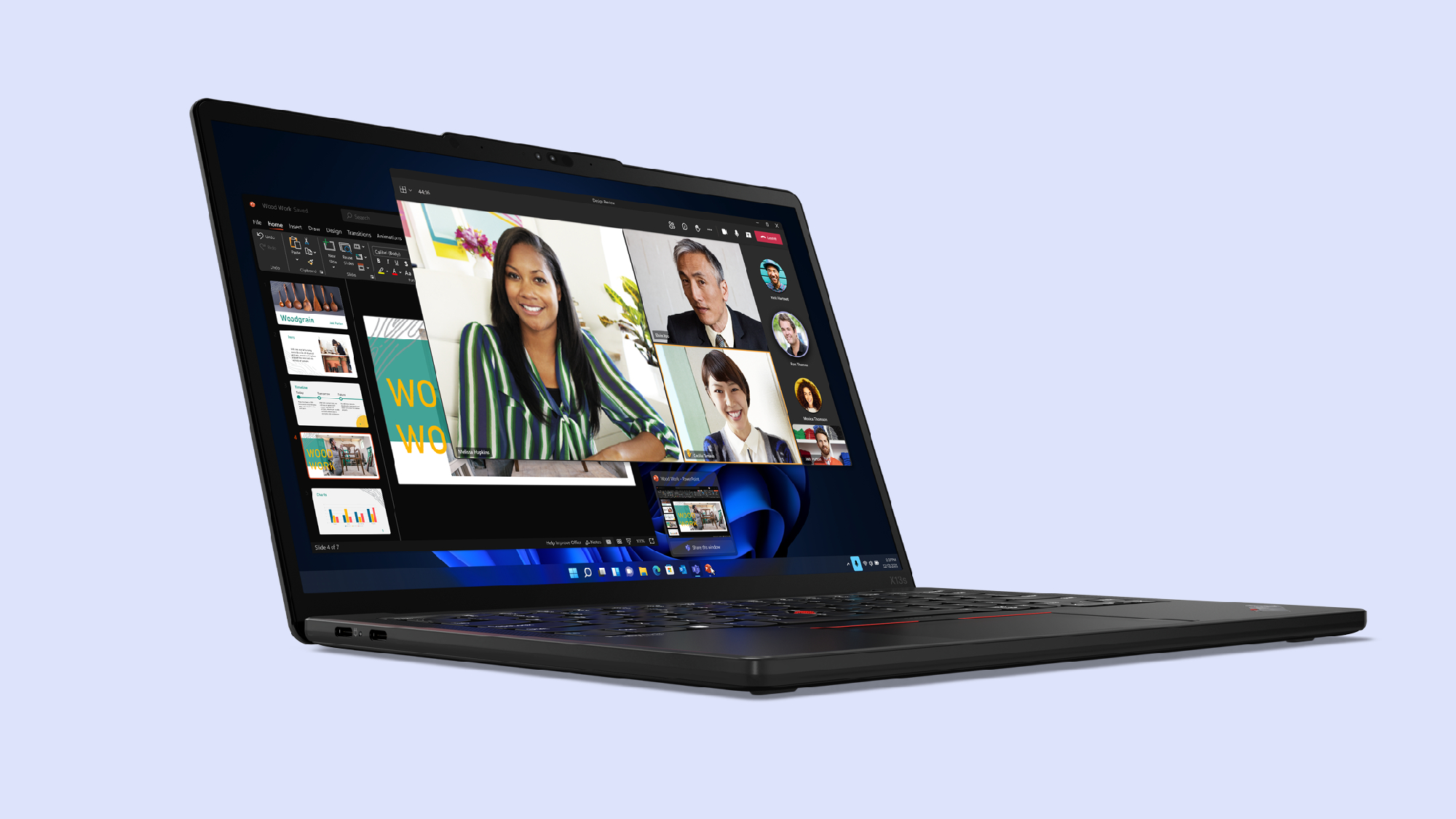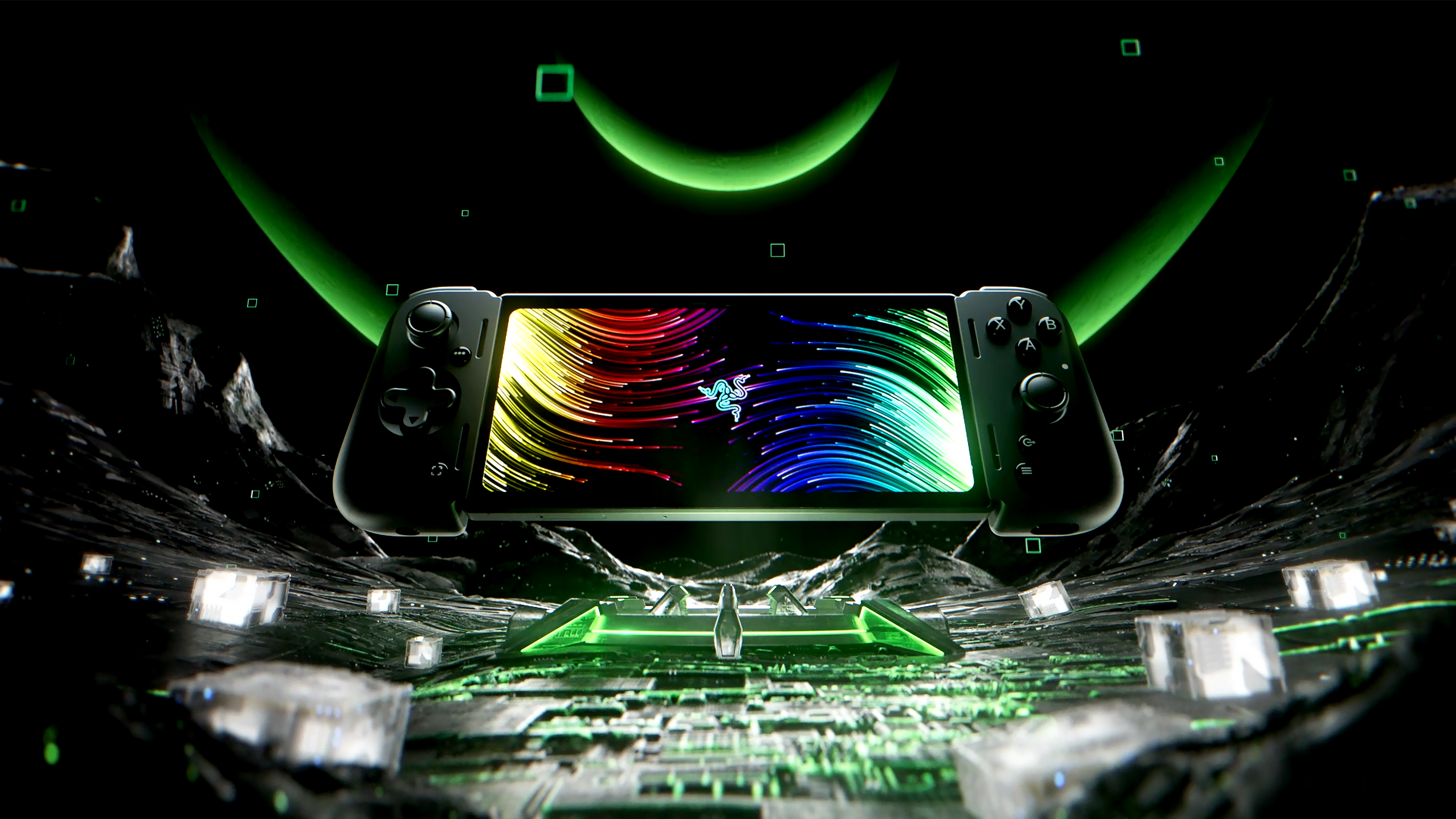The future of ARM: Laptops, the metaverse and beyond
Learn what the future holds for ARM

Whether you know the name or not, you have unquestionably used a device with Advanced RISC Machine (ARM) architecture inside. Arm is the most popular processor architecture in the world by a wide margin; responsible for tens of billions of chips sold each year and over 230 billion in total over its thirty years.
However, unlike the rest of the companies that we are delving into during Laptop Live this week, Arm doesn't produce these chips, it is the company behind the intellectual property (IP) that works to shape the processor design and software platforms of the future.
This puts Arm in a somewhat unique position as the motivation shifts to the propagation of the platform rather than pure sales. It's a goal that potentially sets up well for the company as we look to the future and the myriad applications for its energy-efficient processors.
As part of Laptop Live, Laptop Mag’s week-long celebration of all things tech, we had the opportunity to speak to Paul Williamson, Senior Vice President and General Manager of Client Line of Business with Arm, about the present and the future for the world's most popular processors.
ARMing Windows laptops?
We're Laptop Mag, so naturally, I wanted to kick off my discussion with Paul by taking a look at the current landscape for ARM-based laptops. Apple's M-Series of processors are the gold standard at the moment for an ARM-based solution in a laptop. From the moment the MacBook Air M1 arrived the power-to-efficiency ratio was virtually unmatched and alongside the MacBook Pro M1 it quickly found its way to the top of many of our best laptop guides.
So what then has held back ARM-based Windows laptops from seeing similar success to date? Paul indicated that "while it is not as quick as other ecosystems have been able to switch because of that significant legacy of complex software that is out there, we are seeing the right steps in place to make that transition."
Paul cited devices like the Qualcomm Snapdragon 8cx Gen 3-powered Lenovo ThinkPad X13s as an excellent example of an ARM-based Windows solution that was built from the ground up to leverage the advantages that ARM offers.
Sign up to receive The Snapshot, a free special dispatch from Laptop Mag, in your inbox.

While matching up with a high-end gaming laptop isn't in the cards just yet for an ARM laptop, Paul says that current solutions and those coming down the pipeline in the short term can serve the general users, business users, and education market very well. He points to the "step-changing difference of performance that you get with a tuned SoC versus the historical paradigm of a plugged down CPU with separate GPU cards...clearly, it (ARM-based solutions) can offer a very different experience that is something that will resonate with users and make the ARM offerings that you'll see out there more compelling."
We've seen what Paul is talking about here on the smartphone side in recent years with ARM chips like Google Tensor that are tuned to specific tasks and AI and machine learning enhancements that don't always show up in current benchmarks but clearly impact performance in real-world tasks. Paul thinks this is somewhat attributable to shifting priorities with our laptop usage with things like video streaming and conferencing for example taking on greater importance in recent years and that benchmarks will adapt to reflect that and do a better job of showing off some of ARM's inherent benefits.
Paul makes a strong case and I suspect he's right that the pieces are finally falling in place for Windows on ARM to grab greater market share. Enterprise-leaning laptops like the ThinkPad X13s are likely to be the first major successes, but you have more mainstream options like the Surface Pro 9 offering an ARM-based configuration this year. Long battery life, solid performance, and 5G connectivity are features that a broad spectrum of users can appreciate.

Can ARM flex some gaming muscle?
This summer Arm announced its Immortalis GPU, its first to support hardware-based ray tracing. Paul said that Immortalis was about "blurring the lines between what people experience in desktop-level gaming and what they experience on their mobile device." However, he was quick to state that "it isn't about building a desktop-level GPU."
Now again ARM isn't producing devices itself, so Paul wasn't ruling out an ARM partner taking the platform and expanding it into a desktop-class solution, but in the short term, it would be more likely that we will see an ARM solution paired with an existing discrete GPU from Nvidia perhaps.
While desktop-class gaming on-device may be theoretically possible for ARM laptops, it seems that given the strengths of ARM it may be more likely that we see high-end mobile gaming supported with cloud gaming as a fallback for more robust experiences. We've seen multiple cloud gaming handheld consoles launched this year with the Logitech G Cloud and Razer Edge 5G and despite pulling the plug on Stadia, Google still is pressing gaming Chromebooks as a category. So safe to say that a blended model of on-device performance and high-end cloud gaming is at least a concept that isn't going away soon.

ARM in the metaverse
Moving beyond the laptop, ARM has a strong presence in the AR and VR world as well. Delivering the kind of power necessary for these experiences in a mobile power envelope is ARM's bread and butter and a subject that Paul was all too happy to discuss.
Today we are seeing AR take on greater importance in our mobile devices with Paul citing Google Maps as an excellent example of a practical application for AR on mobile. While on a trip to Korea Paul was lost and able to simply hold up his phone to see directions overlaid on the real world in real-time. Translation is another example with essentially game rendering operating in tandem with the camera to translate a menu or sign into your own language.
Particularly as we see companies try to bring these experiences to a wearable form factor, a natural evolution for AR and VR devices like the Meta Quest Pro, ARM is the clear choice. This isn't purely a question of AR and VR lending themselves to ARM's hardware advantages, but Paul also points out that filling "the metaverse is a massive challenge for the industry, we're going to see the determination to reuse the engines and the developers' platforms and everything that we have in the mobile space in that new AR/VR space. So I think mobile platforms will be really important in defining that user experience."

Paul said that they have done a lot of work with "Unity for example around how is that going to translate from the gaming world into the AR/VR metaverse world." This isn't speaking to the very high-end gaming VR, but Paul believes that "a lot of the new exploration and use cases getting to truly wearable form factors is going to be driven more by a mobile SoC approach than a traditional discrete laptop CPU approach."
These experiences and more advanced AR that involves overlaying 3D onto your environment by interfacing with the camera are all fairly uniquely suited, at the moment at least, to what ARM-based solutions have to offer. Paul didn't preclude other technologies evolving to meet the challenge, but agreed that its partners like Qualcomm are "absolutely geared up to provide SoCs that are attuned to fit that need."
Beyond the metaverse
Finally, I asked Paul to peer a bit further into the future for ARM and the industry in general and tell me what he thinks will be the most impactful or biggest change in computing over the next roughly 10 years or so.
Paul pointed to the increasing interest in tailored silicon from companies like Google or Apple, for example, that are tuning to specific future workloads. Looking ahead Paul believes that "we are going to see even more tuning and stretching and differentiation of the compute platform." He compares the potential transformation of our current state of AR and VR to the evolution of 3D games from the earliest examples like Doom or Quake to the 3D worlds that we can create today that are virtually indistinguishable from reality.
Paul says that getting there is going to "require this evolution of approach of this power efficient compute tuning, acceleration of machine learning, and visuals on the camera side, as well as rendering on the rendering pipeline and being able to do that in a safe secure environment with masses of data." While he rattled that off with ease, he closed by saying "the challenge is huge, the opportunity is huge. I find it really interesting to see how that's going to evolve."
I couldn't agree more and it seems like ARM is well-positioned to remain at the center of this discussion for years to come.
Sean Riley has been covering tech professionally for over a decade now. Most of that time was as a freelancer covering varied topics including phones, wearables, tablets, smart home devices, laptops, AR, VR, mobile payments, fintech, and more. Sean is the resident mobile expert at Laptop Mag, specializing in phones and wearables, you'll find plenty of news, reviews, how-to, and opinion pieces on these subjects from him here. But Laptop Mag has also proven a perfect fit for that broad range of interests with reviews and news on the latest laptops, VR games, and computer accessories along with coverage on everything from NFTs to cybersecurity and more.

